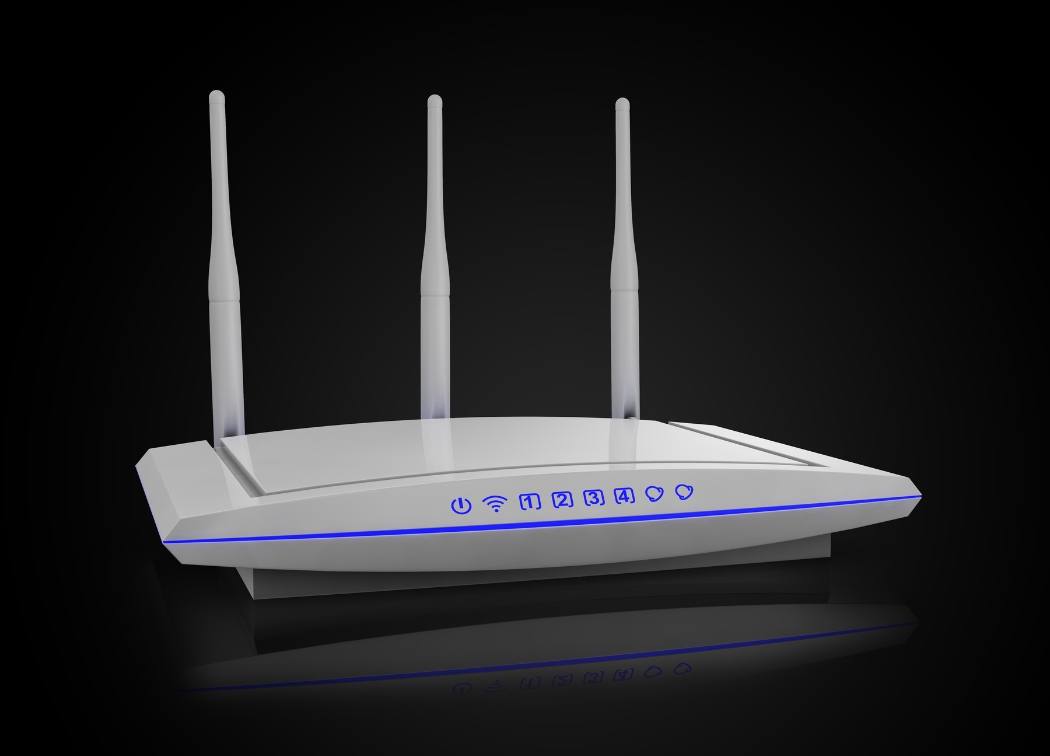Camera and the camcorder both are the two devices that are used to capture motion pictures electronically.
Both the cameras and the camcorders are commonly used in the TV industry, film industry and also in the communication technologies.
But now both these are commonly used in the houses, but it is very important to know what is the difference between a camera and a camcorder.
Both camera and camcorder look the same but some basic differences are also present. In this article, we are going to tell you what the difference between the camera and camcorder is.
Also informs you about the mechanism and field that uses the camera and camcorder and many more things.

What is the difference between camcorder and DSLR?
The complete difference between the camera and the camcorder is given below.
Video Camera:
The video camera is the electronic device that captures the motion pictures and also converts it into the electronic signal.
The early video cameras were based on the CRT (cathode ray tubes), but later on, the video cameras were based on the CCD (charged coupled devices) and the CMOS (complementary metal-oxide).
These technologies were introduced to provide durable and reliable video cameras as compared to the cathode ray tubes.
Nowadays cameras are very small and powerful as compared to the early ones. The video camera means it converts the optical signal to the electronic signal.
The storage media of the video camera can be the hard drives, DVDs and memory cards.
Camcorder:
The camcorder is derived from the video camera recorder phrase. Basically the camcorder is the video camera and the recorder, but in the modern days, the cameras are also called the camcorders.
If we talk about the storage system of the camcorder then it is the same as the video camera.
Overall Finding: Camera VS Camcorder
| Camera: | Camcorder: |
|---|---|
| It is less expensive as compared to the camcorder | Comes with the high-quality lenses |
| It comes with the fixed display | It captures high-quality audio and video |
| Still useful for the video recording and photography | It records the audio and video to the DVD, hard drive and memory card |
Camera Vs Camcorder
When the camcorder comes to the lenses, video resolution and storage options then the camcorder has clear edges.
However, the cameras are not made for the video recording, it is specially made for the photography and doesn’t compete with the devices which are made for the video recording.
But nowadays camera manufacturers improved video recording.
Video Quality and Lenses
| Camera: | Camcorder: |
|---|---|
| Lenses are too much noisy | It records too much close-up |
| Too many cameras don’t support 4K video recording | It supports 4K video recording |
| At the time of shooting videos, the zooming feature will be disabled | It records the standard definition videos at the high bit rate |
Some of the cameras record 4K resolution videos and few cameras can compete with the mid-level camcorders that record high-quality videos.
In the standard definition, the gulf in quality is remarkable because the camcorders record video at the very high bit rate as compared to the regular cameras.
Other than this some advanced camcorders allow you to set the shutter speed, white balance, field of view at the time of video recording.
As compared to the camera the camcorder lens provides the more robust zoom, and also allows for the better magnification.
However, in the market, there are too many long-zoom cameras available but these cameras can’t touch the 30x or the 60x lenses that are available in the mid-range camcorders.
In most of the cases, the camera lenses don’t work at the time of capturing video. If any camera does this then they don’t operate silently, and also pick the lens noise at the time of zooming and recording videos.\
Audio:
| Camera: | Camcorder: |
|---|---|
| The microphone also picks up the noise | It also records the surround sound audio |
| It doesn’t provide too much support for the external Mic | Every model supports the external microphone and also other materials |
The internal microphones of the camcorders are superior as compared to the camera microphones.
You will always found the too much audio options on the camcorders and also other functions including the ability to zoom automatically.
Other than this some camcorders also record the surround sound audio and also record multi-channel.
Media and design options:
| Camera: | Camcorder: |
|---|---|
| On the high price cameras rotating LCDs are present | It is very easy to hold for a long duration |
| If you want to record steady video for a long time then you will need a tripod or stick | Most of the models come with the rotating LCD |
All camcorders are specially designed for the long time video recording. Camcorders also come with the rotating display to provide the view from different angles.
However, all the camcorders are compatible with the different video equipment like external microphones and many more.
Normal cameras record videos to the flash memory cards but the camcorders store videos to the memory cards and also in the internal hard drives that provides the more recording time as compared to the high capacity memory card.
Other than this you have the opportunity to record your videos to DVD.
Conclusion
After reading the complete article I hope you completely understand what is the difference between a camera and a camcorder.
If you are a photographer and record videos occasionally then no need to sell your camera and buy a camcorder.
If you are a person who has to record videos for a long time then the camcorder is the best option for you as compared to the camera.






